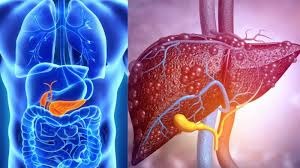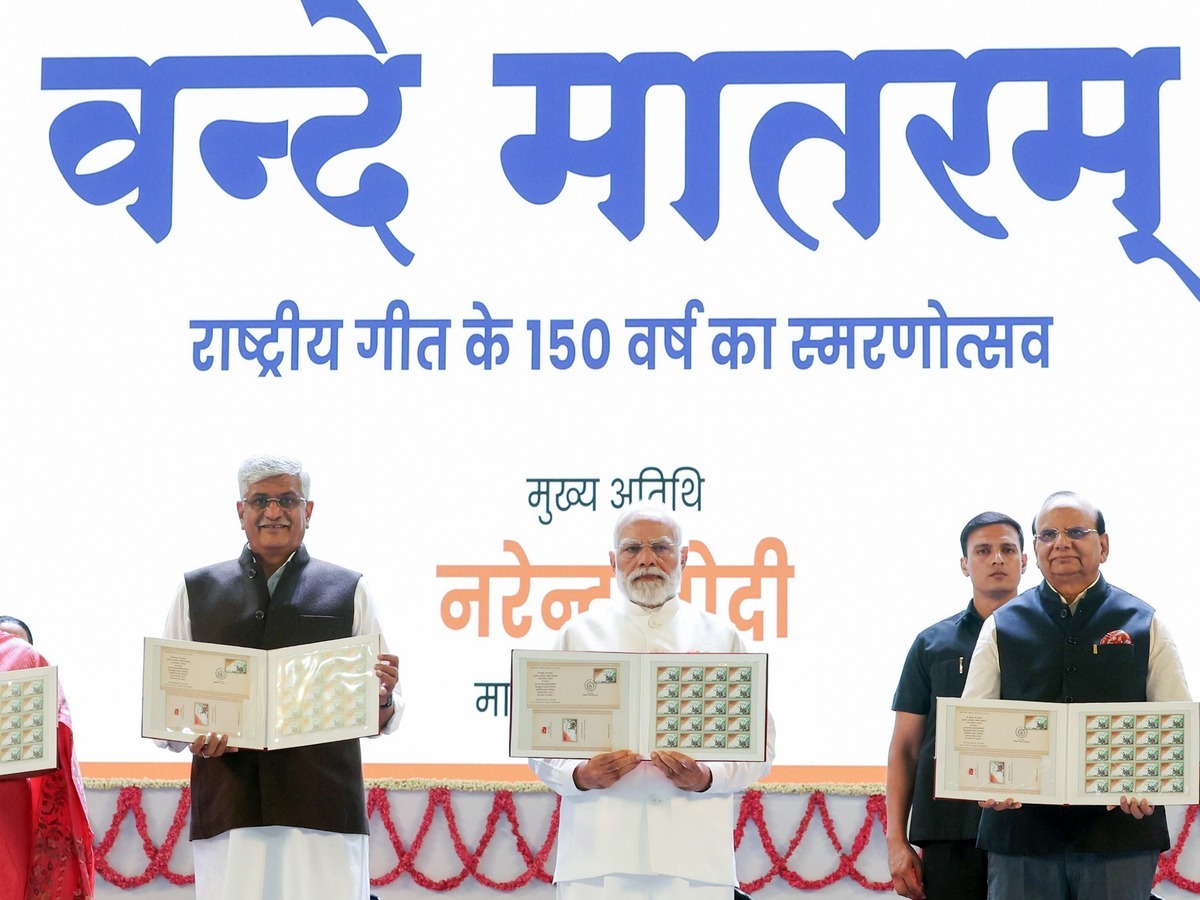
Why the Right Pan Matters
If your chicken sticks to the pan, your veggies steam instead of crisp, or your eggs come out a mess, the problem might not be your cooking skills—it might be your pan.
If you’re using MyFitnessPal’s meal planner to make life easier, or you’re just getting your toes wet with MyFitnessPal’s recipes, it may be time to get familiar with how to use different pans. Using the right cookware is one of the simplest ways to improve your results and feel more confident in the kitchen.
I’m a registered dietitian who cooks most nights of the week, but I didn’t grow up cooking for myself. It has taken me countless meals (and some epic failures) to realize the right pan matters.
You don’t need a huge collection of pans, but it’s helpful to have some well-chosen pieces that suit the way you cook. This way, meals turn out the way you intend, which is a confidence booster.
If you’ve ever wondered why you can never get your chicken to look like it does in photos, keep reading. I’ll walk you through some popular types of pans and when to use them, so you can turn out consistently delicious meals.
No Pans? Start With One
I reach for the same pan on repeat. You really don’t need a dozen pans to make great meals at home. In fact, if you’re just getting started, a single, versatile pan is often all you need (1).
If I had to choose one, I’d go with a cast iron skillet. It holds heat beautifully, works on the stovetop and in the oven, and can handle a variety of dishes (2). I use mine for a range of meals, including salmon dishes (it provides a perfect sear), flatbreads, and fried eggs.
I also love that seasoned cast iron is nonstick and easy to clean. It’s the kind of pan that gets better with age and can last a lifetime.
That said, the best starter pan really depends on what you like to cook. So, start with the pan that fits your cooking style and expand from there.
Nonstick pans are another good option for your first purchase. They work well for new cooks and those who gravitate toward simple recipes.

You might also like
Essential Guide to Meal Planning
Nonstick Pans: Best for Gentle, Low-Heat Cooking
When I’m making scrambled eggs or flipping protein pancakes on a weekend morning, I reach for a nonstick pan. Nonstick pans are ideal for delicate foods that are prone to sticking. They’re also a solid choice for cooking tofu or flaky fish without making a mess.
Pros:
- Food stays intact and releases easily
- Requires less oil or butter, which can help lower calories
- Makes cleanup fast and easy
- Great for beginner cooks
Cons:
- Not suitable for high heat—this can damage the nonstick coating
- Scratches easily if used with metal utensils
- Coating wears out over time and eventually needs replacing
Care Tips:
- Hand wash only—even if it’s labeled dishwasher safe
- Use silicone, wooden, or plastic utensils to protect the coating
- Avoid stacking with other pans unless you place a protective layer between them
- Replace your pan if the surface is scratched or food starts to stick more often
Stainless Steel Pans: Great for Browning, Searing, and Sauces
If you’re looking for a pan that can handle high heat and give you that golden-brown crust on chicken or steak, stainless steel is the way to go (2).
Pros:
- Great for searing, sautéing, and stir-frying (2)
- Ideal for building pan sauces (2)
- Durable and often dishwasher safe (2)
- Can handle high heat without damage (2)
Cons:
- Food sticks if not preheated properly
- Requires more technique than nonstick options
- May lead to extra cleanup if used incorrectly
Care tips:
- Preheat the pan before adding oil and food to prevent sticking and improve browning
- Consider handwashing to extend pan life–check manufacturer’s guidance (2)
About the Experts
Samantha Cassetty, MS, RD, is a nationally recognized food and nutrition expert, media personality, nutrition consultant, and author. Cassetty is a former nutrition director for Good Housekeeping and the co-author of the book Sugar Shock.
Emily Sullivan, RD, is a food data curator at MyFitnessPal. She earned her bachelor’s degree and completed her dietetic internship at The Ohio State University, and obtained her culinary arts degree from Johnson and Wales University.
Cast Iron: The Crispy, Flavor-Building Workhorse
“I use my cast iron skillet for 99% of things that I cook on a day-to-day basis,” says MyFitnessPal registered dietitian Emily Sullivan. Here’s what makes this a good choice.
Pros:
- Superior heat retention for even, high heat cooking (2)
- Great for searing, roasting, baking, and one-pan meals, like frittatas
- Oven-safe and stovetop friendly (2)
- Naturally nonstick, and gets better with age (2)
Cons:
- Heavier than most pans, which can make it harder to handle
- Requires ongoing maintenance to retain nonstick qualities (2)
- Can’t go in the dishwasher and shouldn’t be soaked (2)
Care tips:
- Wipe or rinse with hot water (2)
- Dry thoroughly and rub with a thin layer of oil to maintain seasoning (2)
As Sullivan points out, cast iron is especially great for recipes like spatchcocked chicken. “A cast iron skillet is excellent for this because it retains and distributes heat evenly, which helps the chicken cook evenly (2). Its heavy construction allows for a high heat initial sear, giving the chicken skin a beautiful, crispy, golden-brown crust (2). Plus, you can start by searing the chicken on the stove and finish roasting it in the oven—all in the same pan,” she explains (2).
Dutch Ovens: Ideal for One-Pot, Slow-Cooked Meals
Dutch ovens are superstars for cooking comforting meals. If you’re someone who likes to meal prep or cook once and eat multiple times, a Dutch oven is a helpful addition to your kitchen.
Pros:
- Excellent heat retention and even cooking (2)
- Ideal for simmering soups, stews, and chili, slow-cooking braised meats, boiling pasta, and even baking
- Can go from stovetop to oven (2)
- Great for one-pot meals and batch cooking
Cons:
- Heavier and bulkier than many other pots
- Traditional cast iron versions require seasoning to maintain nonstick properties
Care tips:
- Choose enameled versions for easier maintenance since these don’t require seasoning (2)
- For cast iron, dry thoroughly and season regularly with a thin layer of oil (2)
If you’re big on doing weekend meal prep, you may want to invest in a Dutch oven. Sullivan uses hers to make beef stew. “The heavy lid helps trap moisture, which keeps the meat and vegetables tender during long cooking times,” she says. “Probably an even bigger bonus for something like a beef stew is that you can start it on the stove and transfer it to the oven to cook for several hours while you do other things.”
If you love the idea of flavorful, make-ahead meals that cook themselves while you unwind or check things off your to-do list, a Dutch oven is the pot for you.
Frequently Asked Questions (FAQs)
Do I need more than one type of pan?
Not necessarily. You can cook plenty of meals with just one or two pans—start with what fits your cooking style and build from there (1).
Can I use a nonstick pan for everything?
Not quite. It’s great for delicate foods, but it can’t handle high heat, so it’s not ideal for browning or searing (2).
What’s the most versatile pan?
My vote goes to a well-seasoned cast iron skillet since it goes from stovetop to oven and can handle a wide range of meals (2).
Is cast iron hard to maintain?
It takes a little care, but it’s not hard. Just clean, dry, and rub with oil after use—it actually gets better with time (2).
When should I replace a pan?
If the coating is scratched, food sticks more than it used to, or it heats unevenly, it’s probably time for a new one (2).
The Bottom Line
You don’t need a fully stocked kitchen to cook delicious, satisfying meals—just a few dependable pans that match your cooking style. With the right cookware, cooking becomes a little more approachable and less frustrating, allowing you to prepare your meals with greater confidence. With more skill and confidence, you’ll be able to prep a broader range of foods and dishes, and the variety can make it easier to sustain healthy eating habits and reach your goals (3).
The post Don’t Know Which Pan To Grab When It’s Time To Cook? A Dietitian Explains appeared first on MyFitnessPal Blog.







